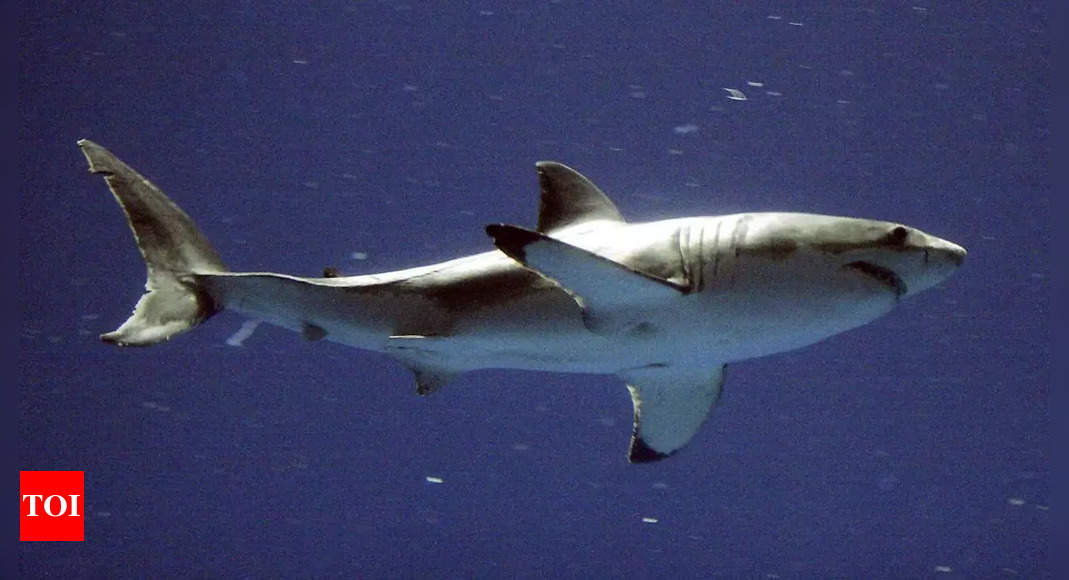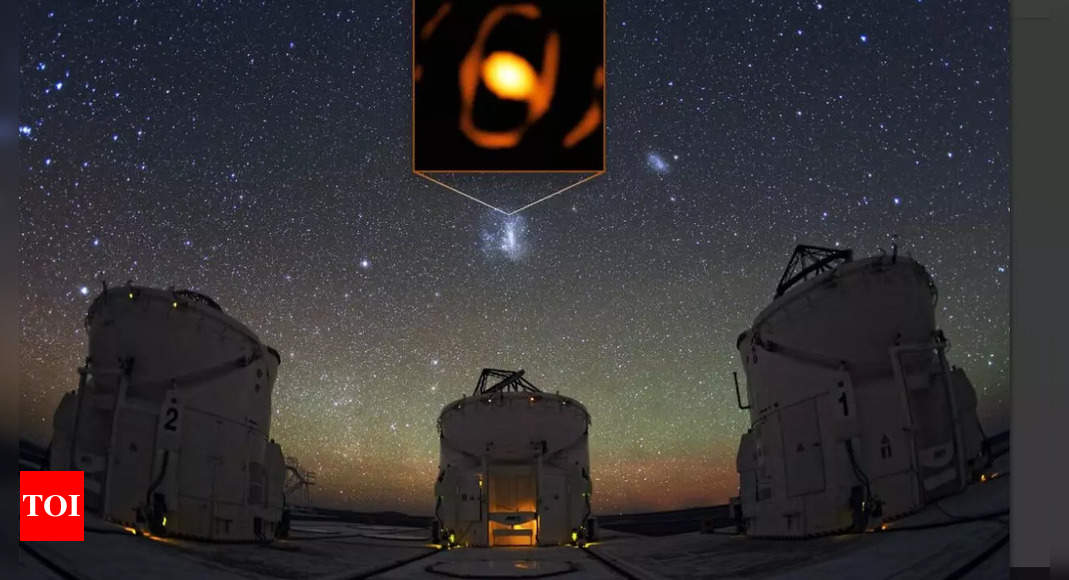
In a groundbreaking experiment aired during Shark Week, scientists released 200 gallons of synthetic blood into the ocean to attract a great white shark. This bold move was part of an effort to study the predatory behaviours of these magnificent creatures.
The experiment, conducted off the coast of South Africa, aimed to gather new insights into the hunting patterns of great white sharks.By simulating a massive blood spill, researchers hoped to observe how these apex predators react to potential feeding opportunities, a CNN report said.
Dr Greg Skomal, a leading marine biologist, led the experiment. He explained, “We wanted to see if the presence of synthetic blood would trigger a feeding frenzy among great white sharks. This could help us understand their behavior in the wild and contribute to better conservation efforts.”
The synthetic blood, designed to mimic the scent and composition of real blood, was released gradually over several hours. The team used drones and underwater cameras to capture every moment, providing an unprecedented view of the sharks’ responses.
Within minutes, a large great white shark appeared, drawn by the artificial scent. The footage showed the shark circling the area cautiously before making a series of quick, aggressive moves towards the source of the blood. This reaction confirmed the hypothesis that great white sharks have an acute sense of smell and are highly responsive to potential food sources.
Dr Skomal emphasized the importance of such studies, stating, “Understanding how great white sharks locate their prey is crucial for developing strategies to protect both the sharks and humans. By studying their natural behaviours, we can reduce the likelihood of shark-human interactions.”
The experiment also highlighted the role of technology in marine research. Drones provided aerial views of the sharks’ movements, while underwater cameras offered close-up footage, ensuring comprehensive coverage of the event, the CNN report said.
This innovative approach to studying great white sharks marks a significant step forward in marine biology. The insights gained from this experiment will not only enhance our understanding of these enigmatic predators but also aid in their conservation.
The experiment, conducted off the coast of South Africa, aimed to gather new insights into the hunting patterns of great white sharks.By simulating a massive blood spill, researchers hoped to observe how these apex predators react to potential feeding opportunities, a CNN report said.
Dr Greg Skomal, a leading marine biologist, led the experiment. He explained, “We wanted to see if the presence of synthetic blood would trigger a feeding frenzy among great white sharks. This could help us understand their behavior in the wild and contribute to better conservation efforts.”
The synthetic blood, designed to mimic the scent and composition of real blood, was released gradually over several hours. The team used drones and underwater cameras to capture every moment, providing an unprecedented view of the sharks’ responses.
Within minutes, a large great white shark appeared, drawn by the artificial scent. The footage showed the shark circling the area cautiously before making a series of quick, aggressive moves towards the source of the blood. This reaction confirmed the hypothesis that great white sharks have an acute sense of smell and are highly responsive to potential food sources.
Dr Skomal emphasized the importance of such studies, stating, “Understanding how great white sharks locate their prey is crucial for developing strategies to protect both the sharks and humans. By studying their natural behaviours, we can reduce the likelihood of shark-human interactions.”
The experiment also highlighted the role of technology in marine research. Drones provided aerial views of the sharks’ movements, while underwater cameras offered close-up footage, ensuring comprehensive coverage of the event, the CNN report said.
This innovative approach to studying great white sharks marks a significant step forward in marine biology. The insights gained from this experiment will not only enhance our understanding of these enigmatic predators but also aid in their conservation.









